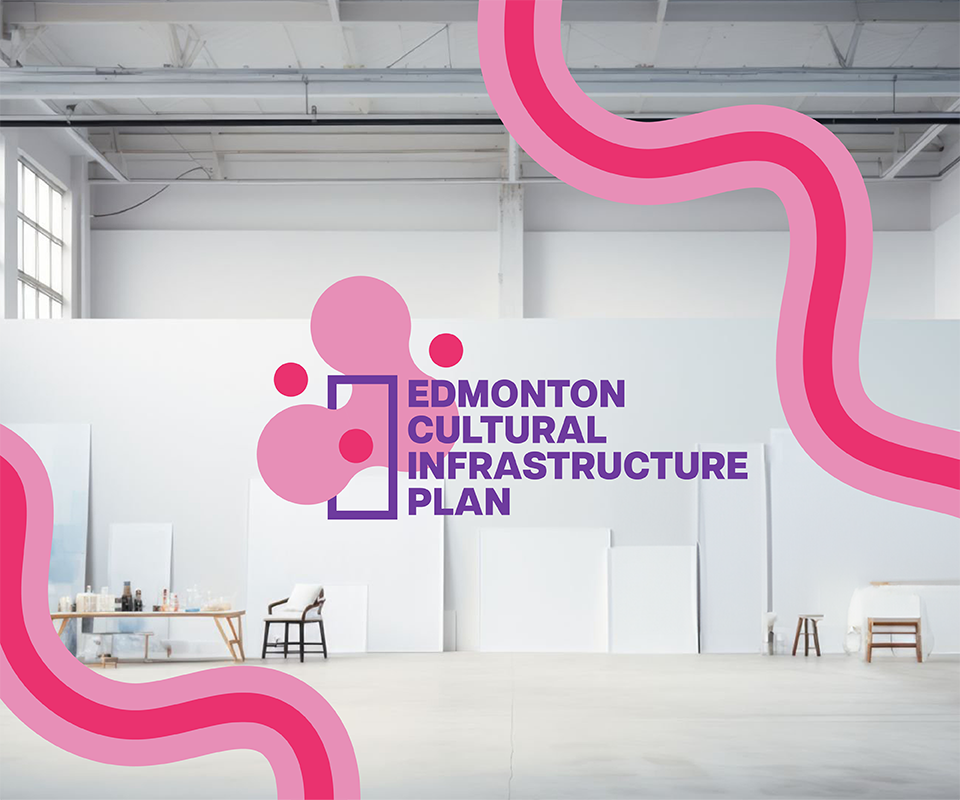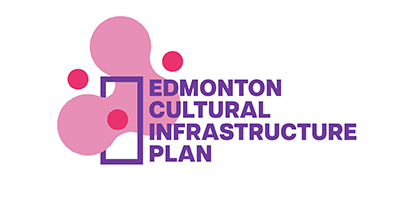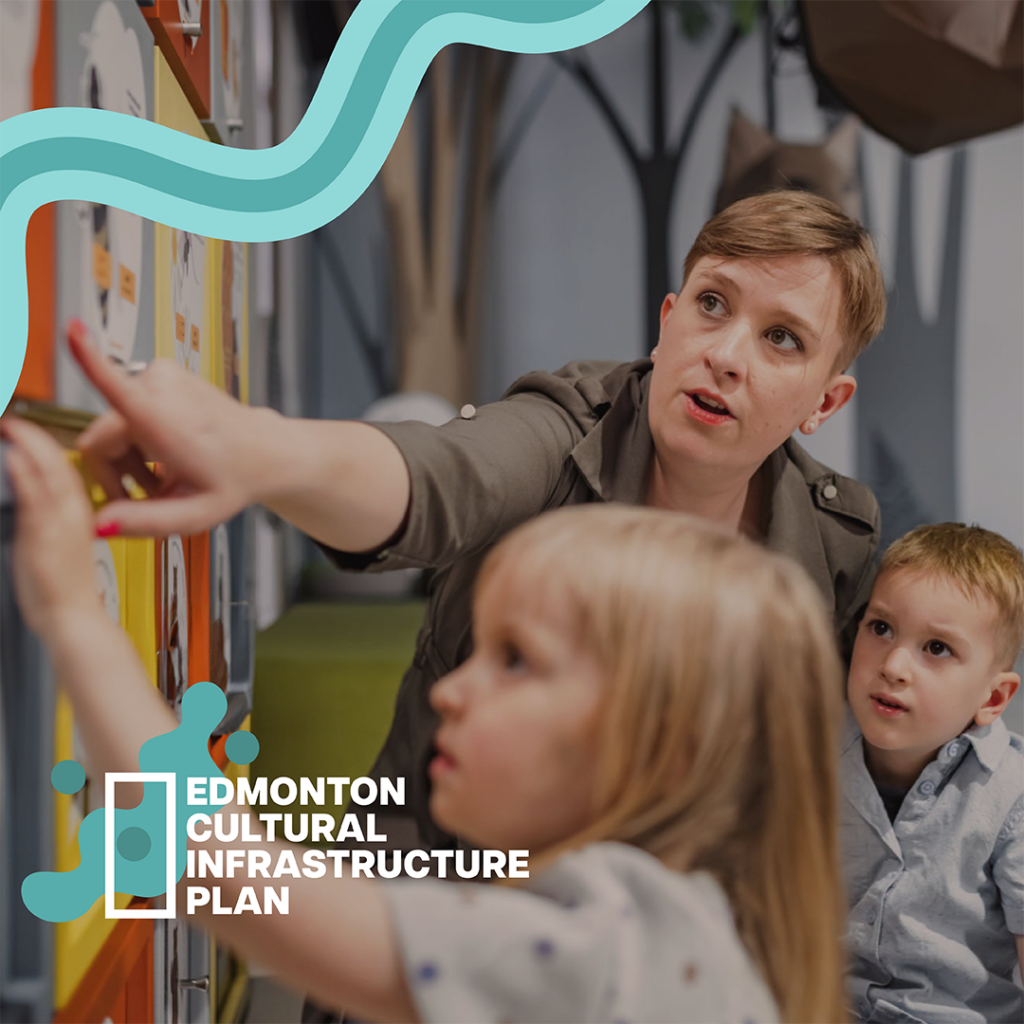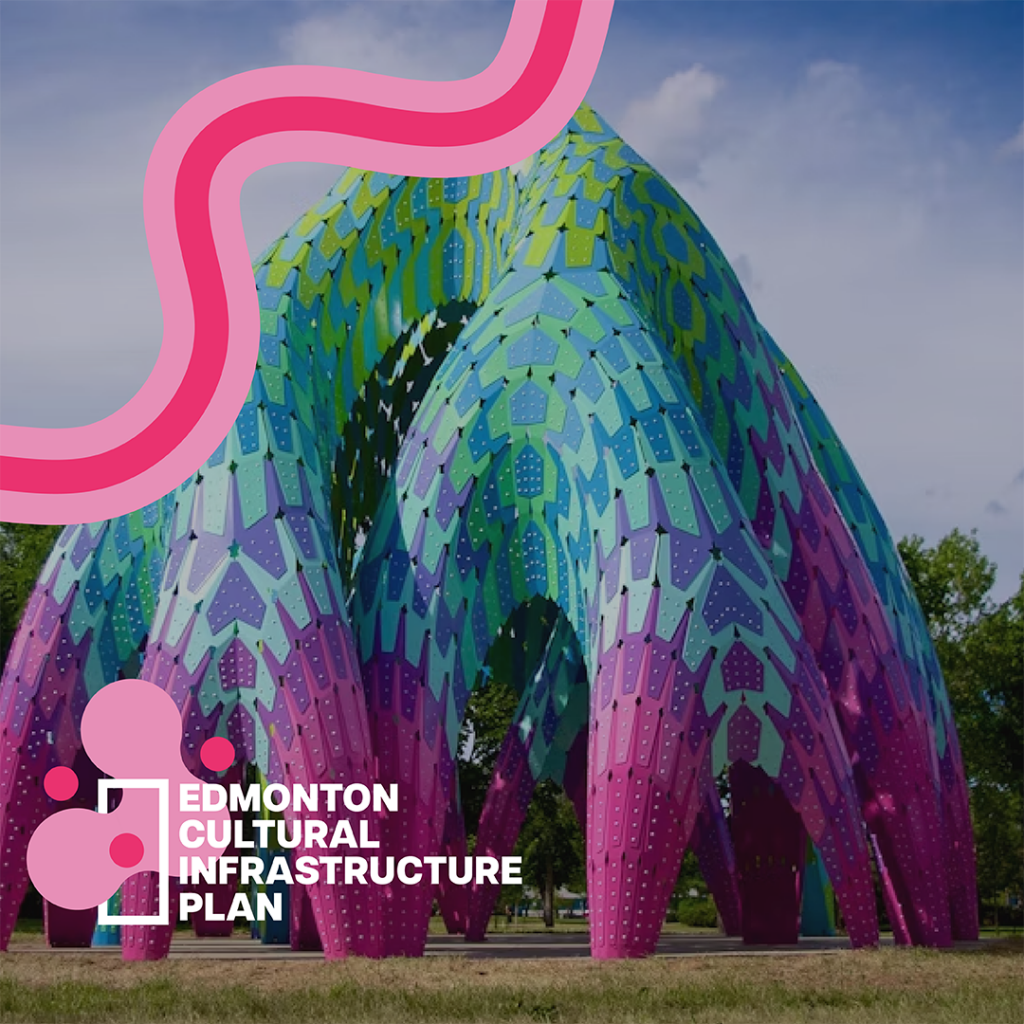
Help Shape the Future of Arts and Heritage in Edmonton!
Edmonton’s first Cultural Infrastructure Plan will transform how arts and heritage are experienced across our city’s spaces and places. By cultivating the key support systems needed for thriving cultural experiences, the plan will provide creators and participants with expanded opportunities to produce and engage with culture in ways meaningful to them.
Your feedback is essential—we need your input to ensure the plan meets the needs of our community. Share your thoughts in our survey and help shape the future of arts and heritage in Edmonton!

Edmonton’s Cultural Infrastructure Plan will transform arts and heritage by providing key support systems to cultivate meaningful spaces and resources for Edmontonians to access, express, and participate in culture.




FAQ
Who is the Edmonton Cultural Infrastructure Plan (ECIP) for?

The Edmonton Cultural Infrastructure Plan (ECIP) will be a catalyst for Edmontonians to engage in meaningful cultural experiences, and it will provide our City’s leaders and its Arts and Heritage Partners with the tools to continue to support and develop an Edmonton that is flourishing with arts and heritage.




Why do we need the Edmonton Cultural Infrastructure Plan (ECIP)?
In 2018, Arts Habitat Edmonton and its partners (the Edmonton Arts Council and the Edmonton Heritage Council), were tasked to develop the City of Edmonton’s first Cultural Infrastructure Plan as an action from Connections & Exchanges: A 10-Year Plan to Transform Arts and Heritage in Edmonton.
Edmonton’s Cultural Infrastructure Plan (ECIP) will provide a framework and a plan for maintaining, developing, nurturing, and investing in cultural infrastructure for all Edmontonians, “that respects and preserves the things we value today while also creating a city to attract and inspire its next million residents.”
(City of Edmonton, Edmonton City Plan, 2020: 6)

What is the Edmonton Cultural Infrastructure Plan (ECIP)?
Connections & Exchanges defined a Cultural Infrastructure Plan as “a planning, support, and decision framework for arts and heritage spaces, that considers community need, the pace of development, displacement and population growth.”
(City of Edmonton and Edmonton Arts Council, Connections and Exchanges: Alive With Arts and Heritage, 2018: 18)
What is Cultural Infrastructure?

As described in Connections & Exchanges, the term “cultural infrastructure” includes the buildings, structures, and places where culture is:
Consumed: Places where culture is experienced, participated in, showcased, exhibited, or sold;
OR
Produced: Places of creative production, where creative work is made, usually by artists, performers, makers, manufacturers, or digital processes.
(Greater London Authority, Cultural Infrastructure Plan: A Call to Action, 2019 :16)
Have a Question?
Send us an email at info@artshabitat.com